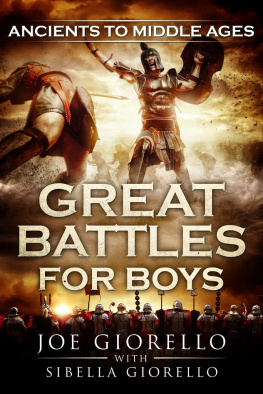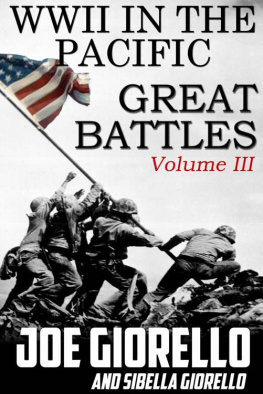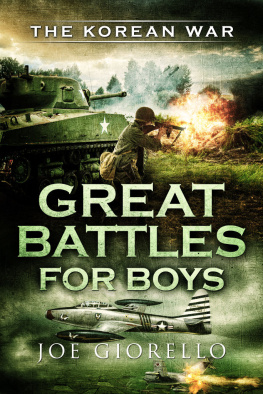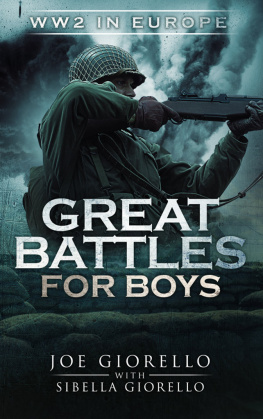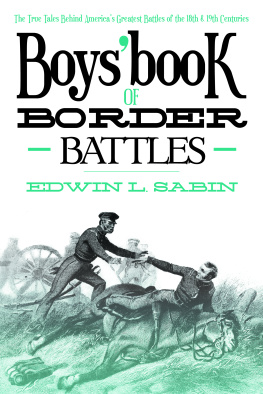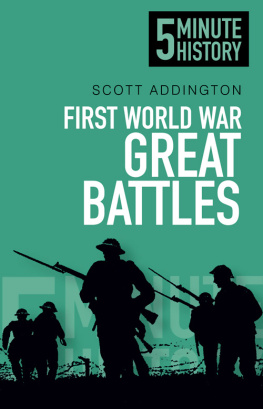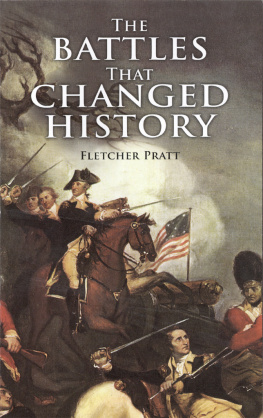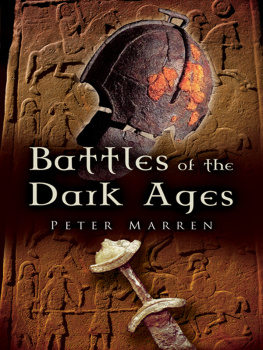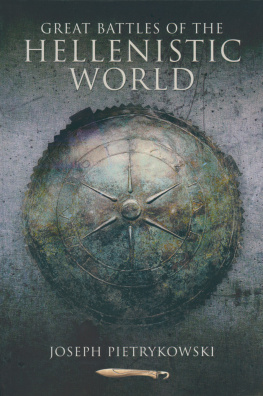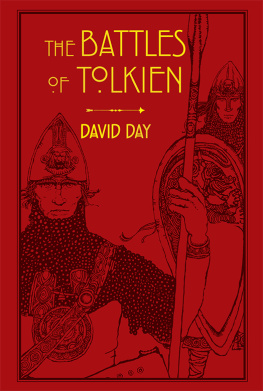Joe Giorello - Great Battles for Boys: Ancients to Middle Ages
Here you can read online Joe Giorello - Great Battles for Boys: Ancients to Middle Ages full text of the book (entire story) in english for free. Download pdf and epub, get meaning, cover and reviews about this ebook. year: 2019, publisher: Joe Giorello, genre: History. Description of the work, (preface) as well as reviews are available. Best literature library LitArk.com created for fans of good reading and offers a wide selection of genres:
Romance novel
Science fiction
Adventure
Detective
Science
History
Home and family
Prose
Art
Politics
Computer
Non-fiction
Religion
Business
Children
Humor
Choose a favorite category and find really read worthwhile books. Enjoy immersion in the world of imagination, feel the emotions of the characters or learn something new for yourself, make an fascinating discovery.
- Book:Great Battles for Boys: Ancients to Middle Ages
- Author:
- Publisher:Joe Giorello
- Genre:
- Year:2019
- Rating:5 / 5
- Favourites:Add to favourites
- Your mark:
Great Battles for Boys: Ancients to Middle Ages: summary, description and annotation
We offer to read an annotation, description, summary or preface (depends on what the author of the book "Great Battles for Boys: Ancients to Middle Ages" wrote himself). If you haven't found the necessary information about the book — write in the comments, we will try to find it.
Spartans! Persians! Romans!
Historic warriors changed the world. But does your son know why these soldiers were fighting?
Find out in Great Battles for Boys: Ancients to Middle Ages. This bestselling history series takes young readers to the front lines of the worlds most important clashes. With short but powerful chapters and plenty of historic imagery, history leaps off the page, capturing the attention of even reluctant readers.
Want boys to read? Give them books they WANT to read!
In this installment of the bestselling series, boys travel to the ancient world to learn about twelve famous military battles that drastically altered world history. Theyll also learn about the notable men who led those battles, including Alexander the Great,Julius Casaer, and William Braveheart Wallace, among many others.
Beginning in Ancient Greece and Persia, the battles continue into the Middle Agesincluding the Crusadesand conclude with the year 1588 when the Spanish Armadas attempted invasion of England, and the dawn of modern naval warfare.
Dont miss the highly acclaimed series for boys that reveals the courage and valor of men in battle, and how their bravery changed the world.
Pick up a copy todayand create a reader tomorrow.
Praise for the book:
Got this for my 9 yr old son as a gift. He finished it in one day...couldnt put it down he told me. This is a boy who has comprehension issues and Im finding its due to the material. If he doesnt enjoy it he glosses over the words and doesnt remember a thing. This book he was able to answer all kinds of questions and prompted more research for questions he had. Love it! Will be ordering him more. 5 Stars, Barefoot
Joe Giorello: author's other books
Who wrote Great Battles for Boys: Ancients to Middle Ages? Find out the surname, the name of the author of the book and a list of all author's works by series.

